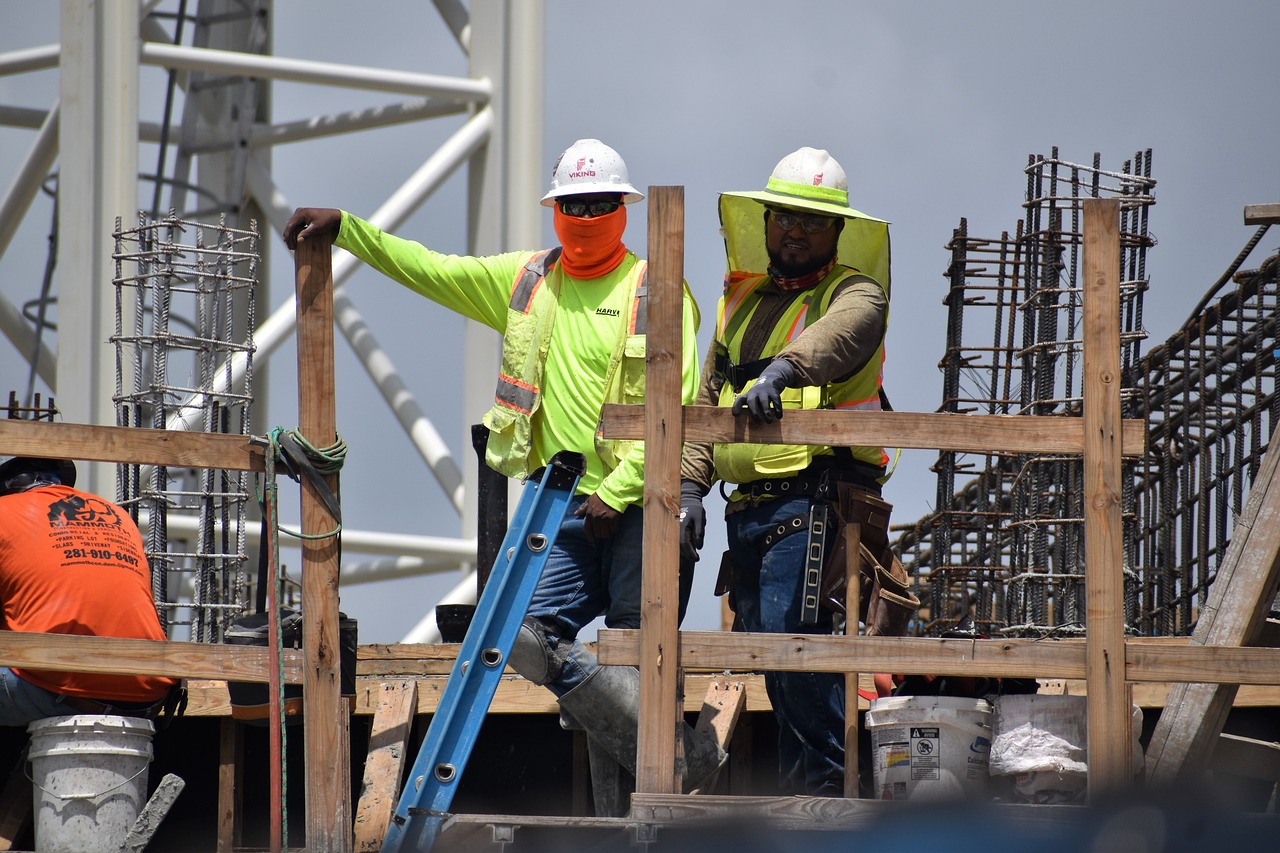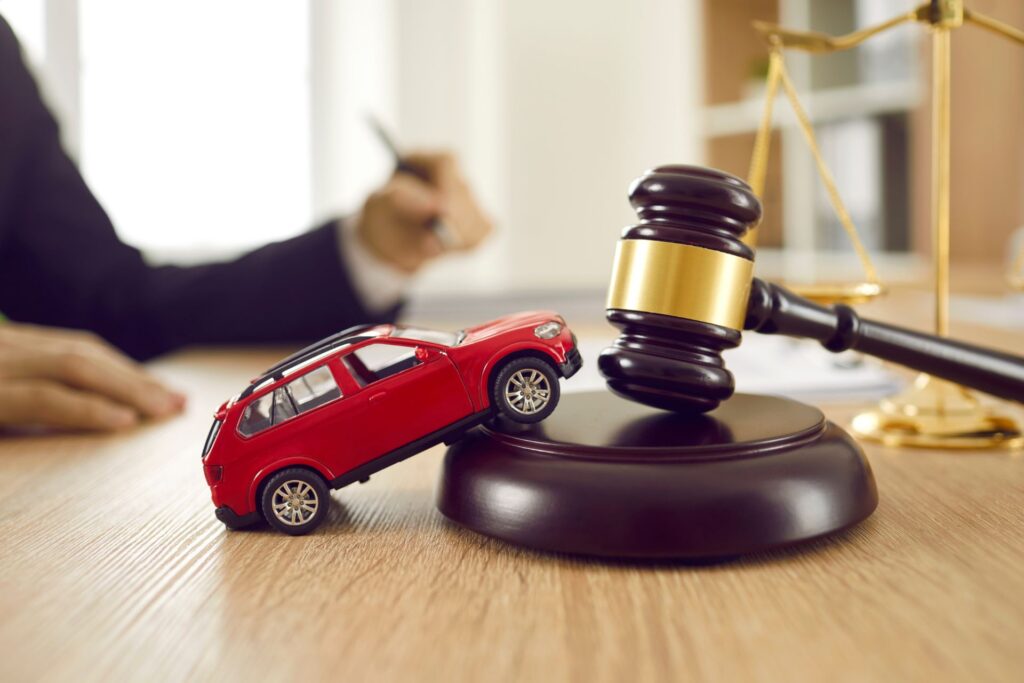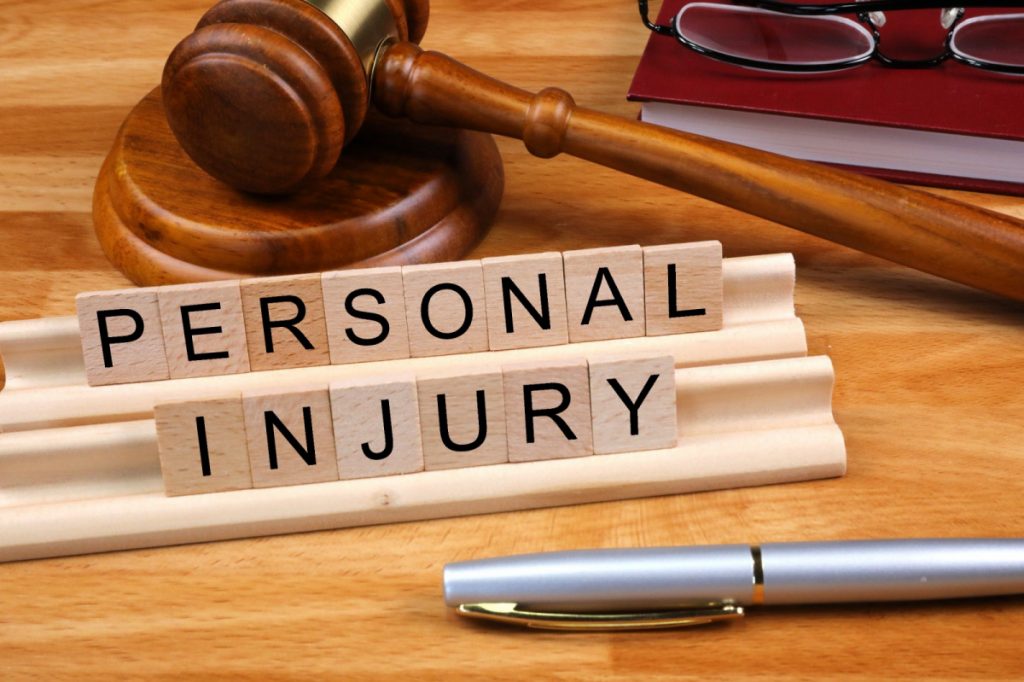Now Reading: How Equipment Malfunctions Lead to Severe Construction Accidents
-
01
How Equipment Malfunctions Lead to Severe Construction Accidents

How Equipment Malfunctions Lead to Severe Construction Accidents
On any construction site, heavy machinery like cranes, bulldozers, and excavators plays a central role in getting the job done. These machines are powerful, but when they malfunction, the consequences can be catastrophic. Accidents often happen in an instant, leaving workers with serious injuries, employers facing project delays, and families coping with unexpected burdens. Find out more here about why malfunctions happen, how liability works, and what can be done to reduce risks.
The Real Impact of Equipment Failures
When machinery breaks down during use, the results can ripple through every part of the job site. Workers may suffer devastating injuries such as crushed limbs, spinal damage, or traumatic brain injuries that alter their lives permanently. Families face medical bills, lost income, and emotional trauma as they try to adjust. Employers are hit with downtime, repair costs, and potential penalties for safety violations. Even coworkers who witness the accident may experience stress and anxiety, which can affect their productivity. In short, an equipment malfunction affects far more than the person directly injured.
Why Equipment Malfunctions Happen
While some accidents may seem unpredictable, many equipment malfunctions can be traced to identifiable causes:
- Poor Maintenance: Heavy machinery requires routine inspection and servicing. Skipping scheduled maintenance can lead to brake failures, hydraulic leaks, or engine problems that put workers at risk.
- Defective Design: Sometimes the problem starts at the drawing board. A design that makes machinery inherently unstable or difficult to operate can cause accidents even when the equipment is used correctly.
- Manufacturing Errors: Mistakes during production, such as faulty welding or the use of substandard materials, can create hidden weaknesses that only become apparent under stress.
- Operator Misuse: Lack of training or failure to follow safety procedures can cause machinery to overload or function improperly. While this may not always be a manufacturer’s fault, it highlights the need for strong training and oversight.
- Inadequate Inspections: On many sites, equipment is rushed back into service without proper checks. Small problems that could have been caught early can snowball into serious failures.
Understanding these causes is critical because they often determine whether liability rests with the manufacturer, the contractor, or both.
Legal Rights and Steps to Take After an Equipment Malfunction
When a malfunction causes an accident, workers may be entitled to compensation under product liability or workplace safety laws. Manufacturers and distributors can be held responsible if the equipment was unsafe due to defective design, production flaws, or inadequate warnings. Employers may also face liability if they failed to maintain equipment, ignored inspection requirements, or put untrained operators in control.
If you are injured, the following steps can strengthen your claim:
- Seek medical care immediately and document your injuries.
- Report the incident to your employer so that an official record is created.
- Preserve evidence, including photos of the equipment and accident scene.
- Consult a lawyer with experience in construction accidents and product liability cases.
Acting quickly matters, since deadlines for filing claims vary by state, and waiting too long could forfeit your rights.
Product Liability in Construction Accidents
Product liability is designed to hold companies accountable when their equipment is unsafe. Claims usually fall into three categories:
- Defective design that makes equipment hazardous even when used correctly.
- Mistakes cause manufacturing defects during production.
- Failure to warn, where safety instructions or hazard warnings were missing or inadequate.
Lawyers often use engineering experts, safety consultants, and maintenance records to prove how and why a malfunction occurred. Find out more here about how product liability claims can determine responsibility in construction-related accidents.
Preventing Equipment Malfunctions
The best way to reduce accidents is to prevent malfunctions before they occur. Strong maintenance programs, regular safety audits, and proper operator training are essential. Companies should establish clear inspection schedules and make sure that machines are not returned to service until problems are addressed. Workers should be encouraged to report unusual sounds, vibrations, or performance issues without fear of retaliation. By taking these proactive measures, construction firms can protect workers, meet safety standards, and avoid costly accidents.
Final Thoughts
Heavy machinery keeps construction projects moving, but malfunctions can bring devastating consequences. By recognizing the causes of these failures, enforcing strong maintenance and training protocols, and understanding how liability works, companies and workers can be better prepared. For injured workers, knowing your rights and taking immediate action after an accident can make all the difference in recovering compensation and moving forward.










